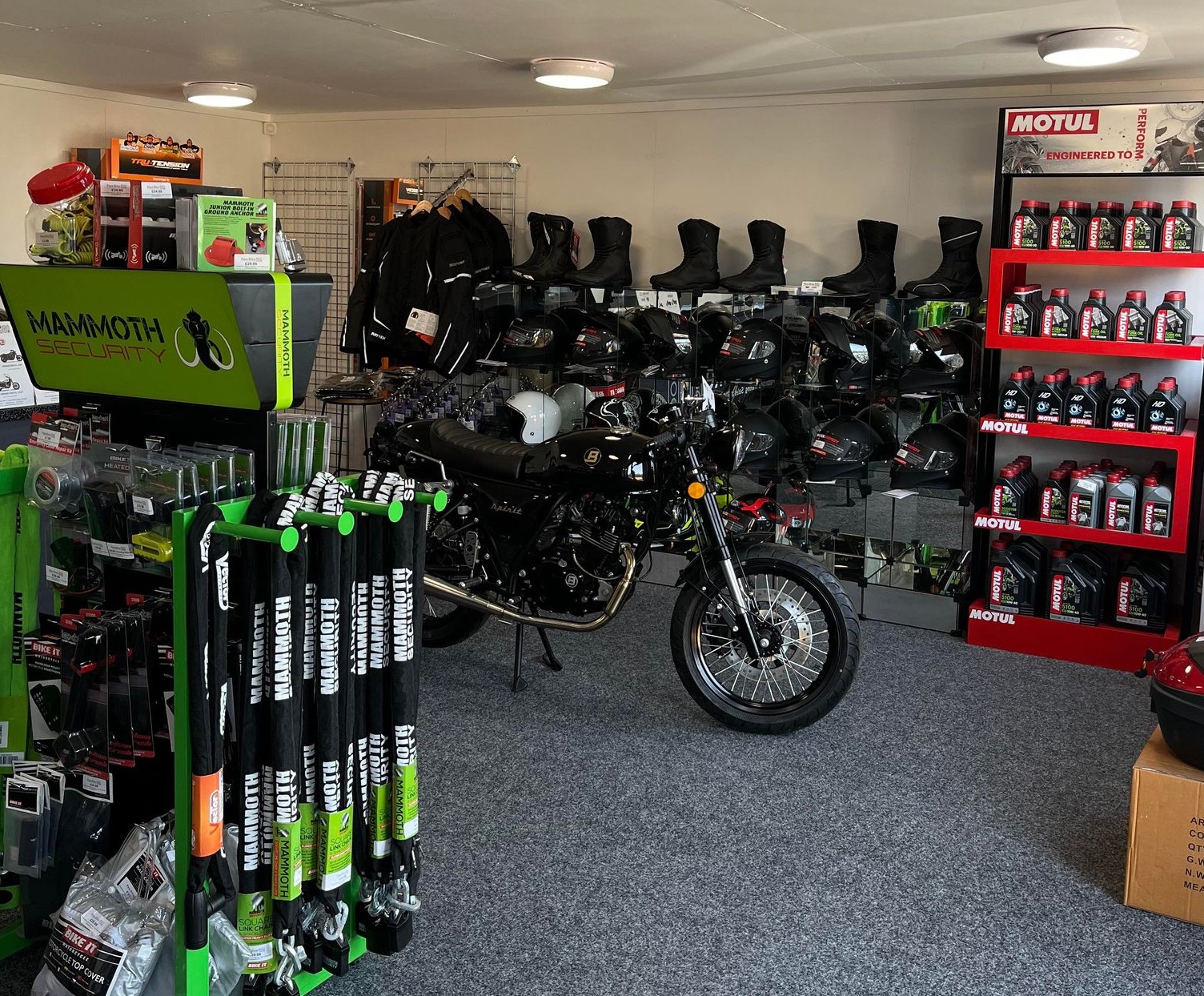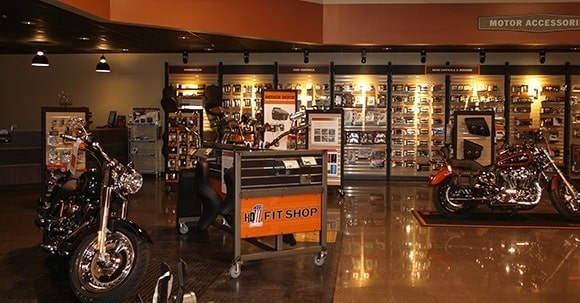Shop the most effective MX Parts NZ for Your High-Performance Bike
Shop the most effective MX Parts NZ for Your High-Performance Bike
Blog Article
Understanding the Essential Parts of a Bike: A Comprehensive Overview for Fanatics
For bike enthusiasts aiming to raise their riding experience and ensure their bikes run smoothly, comprehending the important parts of a motorcycle is vital. Each element, from the engine's intricate workings to the crucial duty of the braking systems, not only affects efficiency yet additionally safety and security and convenience. This overview will go through the essential parts that every motorcyclist should recognize with, making it possible for notified selections in both upkeep and prospective upgrades. As we begin this expedition, one must ask: how does each component interact to develop the seamless trip every lover looks for?
Engine Components

The camshaft plays a vital role in controlling the timing of the engine's shutoffs, guaranteeing the precise opening and closing necessary for efficient fuel and air consumption, in addition to exhaust expulsion. This timing is critical to preserving ideal engine performance and efficiency. Additionally, the carburetor or fuel injection system, depending on the motorbike design, is liable for mixing air with gas in the right proportion for burning.
The air conditioning system, either air or liquid-based, functions to maintain the engine's temperature within operational limitations, preventing overheating and guaranteeing longevity - motorcycle shop. Each element, diligently made and integrated, adds to the seamless operation of the engine, defining the motorcycle's power outcome and total performance
Transmission System
Important to the motorbike's functionality, the transmission system guarantees efficient power transfer from the engine to the wheels. This system makes up numerous important parts, including the clutch, gearbox, and final drive, each playing an important function in converting the engine's power right into motion. The clutch, generally run by a hand lever, serves to engage and disengage the engine from the transmission, enabling smooth equipment modifications and regulated velocity.
The transmission, usually described as the transmission appropriate, has a collection of equipments that riders can by hand move through to adjust the bike's speed and torque outcome. These equipments are prepared in a series that enables the motorbike to speed up smoothly and keep ideal engine performance across numerous speeds. A lot of bikes use a consecutive transmission, requiring the biker to shift equipments in an established order.
Braking Mechanisms
While recognizing the transmission system is crucial to utilizing a motorbike's power, equally crucial is the capacity to control and quit that power properly, which is where braking devices enter into play. Brakes are essential for safety and efficiency, giving the biker with the needed control to navigate various surfaces and conditions. Usually, motorcycles include 2 sorts of stopping systems: disc brakes and drum brakes.
Disc brakes are more widespread in contemporary motorbikes due to their remarkable efficiency. This system uses better warm dissipation, regular efficiency, and boosted stopping power, especially in wet conditions.
On the other hand, drum brakes, though much less usual, are still discovered in some motorcycles. They function by pushing brake footwear versus the internal surface of a drum connected to the wheel. While typically less efficient in warmth dissipation and stopping power, drum brakes are less complex and extra cost-effective.
Recognizing these stopping systems' nuances allows motorcyclists to preserve their motorcycles effectively and value the full face visor helmet design that guarantees secure and effective stopping.
Suspension and Steering
Suspension and guiding systems are important components that dramatically affect a bike's handling and adventure convenience. The suspension system, consisting of forks at the front and shock absorbers at the back, soaks up road irregularities, improving security and control. Front forks, inverted or generally telescopic, compress and rebound to alleviate effects, while rear shock absorbers preserve tire call with the roadway, critical for traction and safety and security.
Guiding, focused around the handlebars, connects the rider to the motorcycle's directional control. The guiding head bearings make certain smooth procedure, permitting specific ability to move. Proper positioning and upkeep of these bearings are crucial for foreseeable guiding action and minimizing motorcyclist fatigue.
The suspension's adjustability is an additional critical aspect; preload, damping, and rebound setups allow personalization to fit numerous riding problems and styles. This adaptability is necessary for enhancing efficiency, whether browsing city streets or tackling sturdy tracks. Advancements like digital suspension systems offer real-time changes, boosting ride high quality across varied terrains.

Electrical Equipments
After ensuring a controlled and smooth trip via click here now effective suspension and steering systems, focus transforms to the electrical systems, an essential element of modern bikes. These systems play an important function not only in beginning the engine however additionally in powering different components that improve the performance and safety of the bike.
At the heart of a bike's electric system is the battery, which shops electric power needed for starting the engine and powering auxiliary systems - motorcycle shop. The generator or generator, combined with the rectifier-regulator, ensures the battery stays billed while the bike functions, transforming mechanical power right into electrical power and maintaining voltage degrees
The ignition system, another vital element, is accountable for firing up the air-fuel blend in the engine's cylinders. Modern motorcycles typically make use of a digital ignition system, providing greater efficiency and reliability compared to conventional systems.
Illumination systems, consisting of fronts lights, tail lights, and signs, are likewise crucial, making certain exposure and security for the biker. Extra digital components such as sensing units, control devices, and shows add to innovative attributes like gas shot monitoring, anti-lock braking systems (ABS), and electronic dashboards, even more enhancing the riding experience.
Verdict
A thorough comprehension of a bike's important components, consisting of the engine, transmission system, braking systems, suspension, steering, and electrical systems, is crucial for fanatics intending to optimize efficiency, comfort, and safety. Proficiency of these aspects permits notified decisions concerning maintenance and upgrades, ultimately boosting the riding experience. By integrating this expertise, cyclists can guarantee their bikes run at peak performance and integrity, thereby making the most of both pleasure and durability of their vehicles.
For motorcycle fanatics looking to raise their riding experience and ensure their bikes run smoothly, understanding the necessary elements of a motorcycle is critical.Indispensable to the motorcycle's capability, the transmission system ensures reliable power transfer from the engine to the wheels.While recognizing the transmission system is crucial to harnessing a motorbike's power, similarly important is the capability to regulate and hop over to here stop that power effectively, which is where stopping systems come right into play. Normally, motorbikes include two types of braking systems: disc brakes and drum brakes.
An extensive understanding of a motorcycle's crucial parts, including the engine, transmission system, braking systems, suspension, guiding, and electrical systems, is important for lovers intending to optimize safety, comfort, and performance.
Report this page